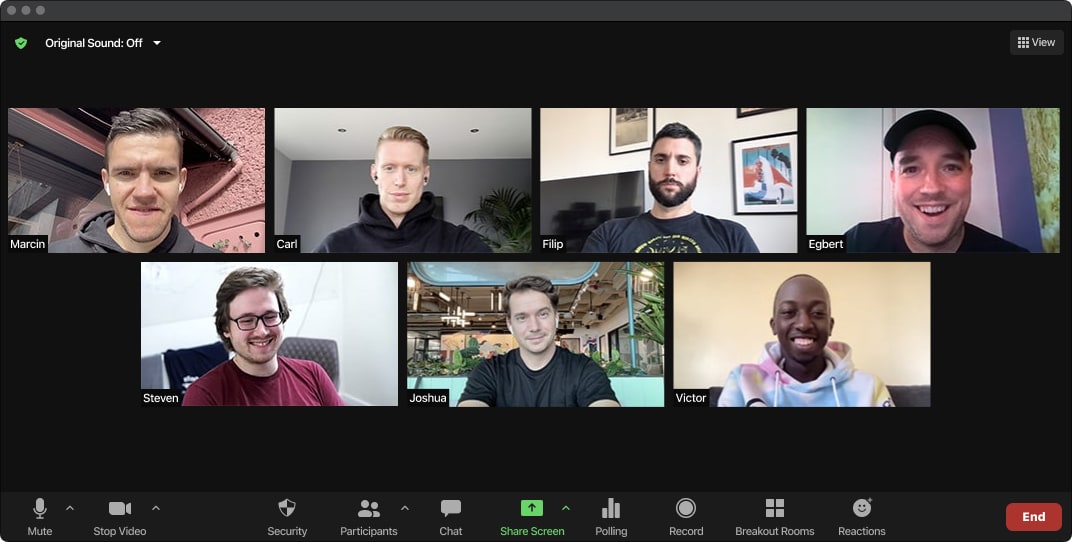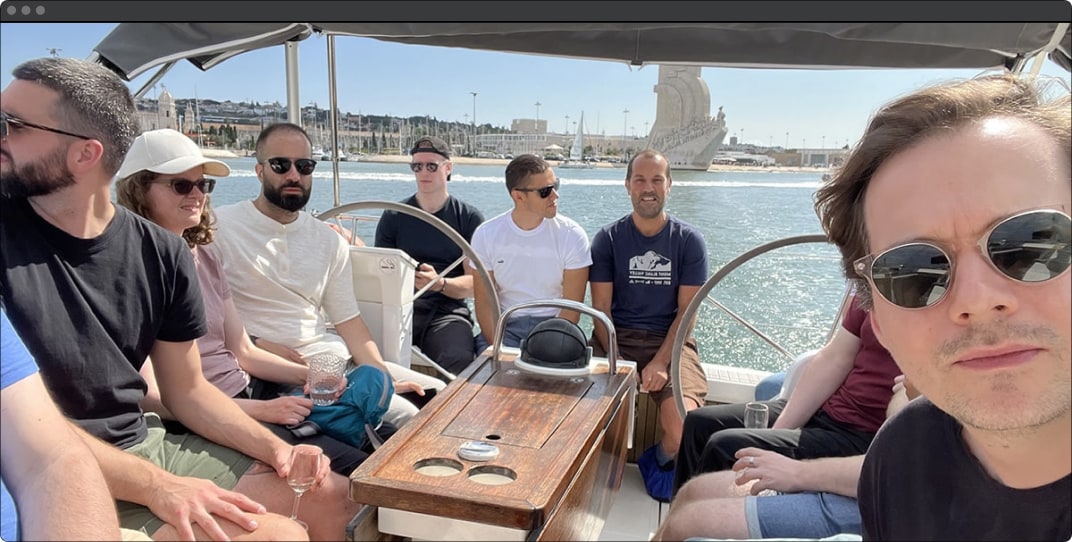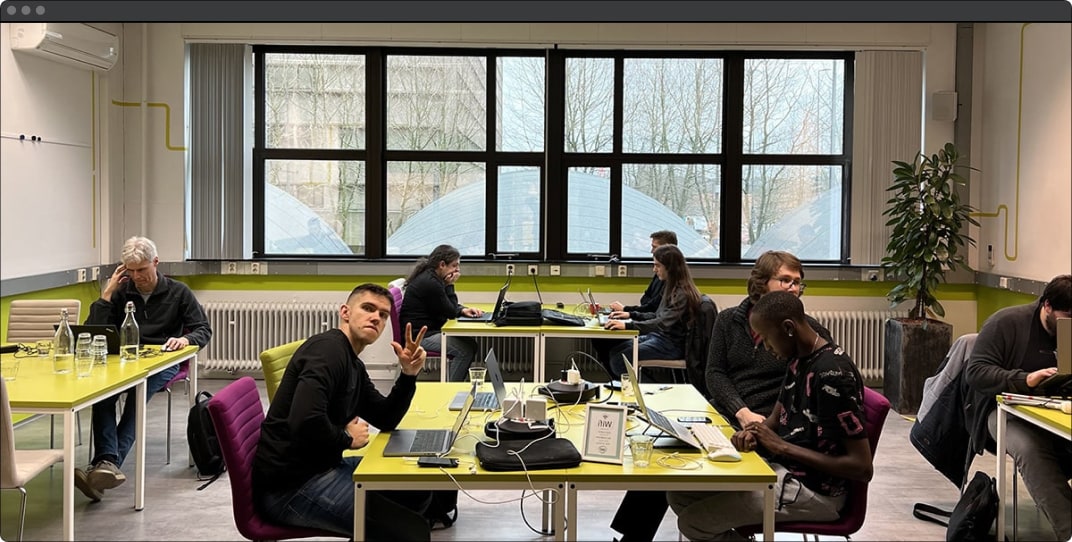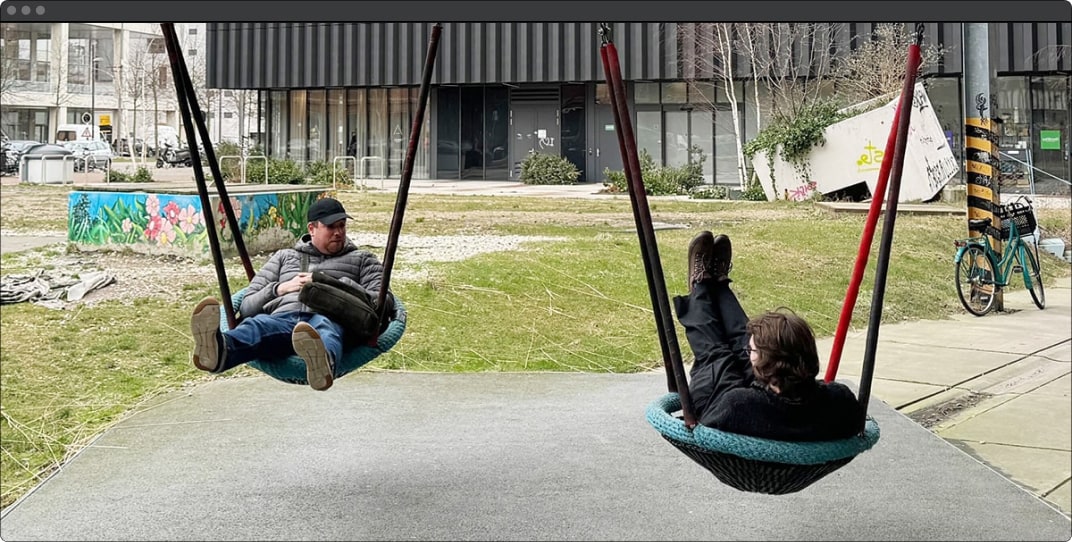TalkJS
Our story so far
Founded in 2016, TalkJS is a fully distributed company focused on one thing: making it easy to add chat to any app or website. Our chat API and SDKs let developers ship a full-featured chat experience in minutes, no matter the language or framework.
We’ve built a remote-first culture that values focus, freedom, and flexibility, without endless meetings getting in the way. Today, our experienced and growing team serves customers in 90+ countries, powering millions of monthly active users with reliable, scalable chat.




Who we are
We're a fully distributed team, with team members spread across Europe, UK, and Africa.
Our founders are based in The Netherlands, you're welcome to come visit us in Eindhoven.
Built by developers and designers, TalkJS stays product-led and feature-focused.
We're a healthy business with real revenues without being dependent on VC funding.
What we do
Chat API and SDKs
We’re building the messaging framework for the internet. TalkJS is a SaaS startup that helps developers add custom chat in minutes, not months. We’re product-driven, powering a growing wave of marketplaces, communities, and platforms where people need to connect.
Our chat API and SDKs serve millions of people worldwide. We’re growing fast, and we believe we have the chance to build a once-in-a-lifetime company with lasting impact.
We needed chat and didn’t want to build it ourselves because it needs to be really great. The TalkJS team is laser-focused on chat, and we’re focused on building a great auction marketplace.
How we work
Because you can't ship great stuff when you're tired and overworked
Because only constructive feedback makes the product better.
Every team member proactively proposes and ships improvements, which lets us skip a lot of project management overhead.
Because a few fast movers can get as much done as four layers of management with bureaucracy-shackled team members.
What we use
TalkJS is structured as a typical client-server application. We like new technology and we like to balance it out with proven technology. This is what we use right now, but it's always changing, and we're happy for you to learn on the job.
Core TalkJS Backend infrastructure
- Elixir
- Phoenix Framework
- PostgreSQL
Frontend (prebuilt UI + JavaScript SDK)
- TypeScript (+ a little bit JS left)
- React
- A little bit of NodeJS to prerender the prebuilt UI for faster loading
Website
- NextJS
- Tailwind CSS
Infra/devops
- Elixir/Erlang’s parallel processing keeps our server setup simple—just Docker (Compose) and GitHub Actions.
- Test releases spin up automatically by adding a label to a PR.
- Production and staging use automated blue-green deployments via GitHub Actions.
- SDK updates are automatic, as our NPM package dynamically loads JS from our site (with guaranteed backwards compatibility).
- We don’t do continuous deployment, but we release often—usually a few times a week, sometimes multiple times a day.
- Extensive monitoring with Datadog, AppSignal, LogDNA, Uptime.com, and Erlang’s Observer.
Key tooling
- TalkJS → support via a TalkJS chat widget + custom Slack integration
- GitHub → feature branch/PR workflow, issues for bugs, Discussions for specs/architecture
- Slack → main comms tool (feel free to mute for focus); Huddles for quick calls
- Notion → wiki, docs, drafts, and our jobs page
- Figma → design work
- Gmail & Google Calendar → minimal email use (mostly with customers)
Want to work with us?
We’re hiring
If you like building products instead of having meetings, TalkJS is the right place for you.